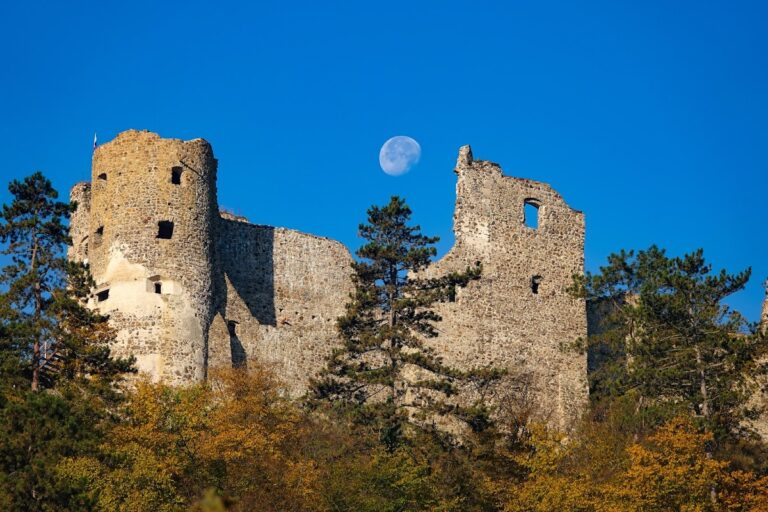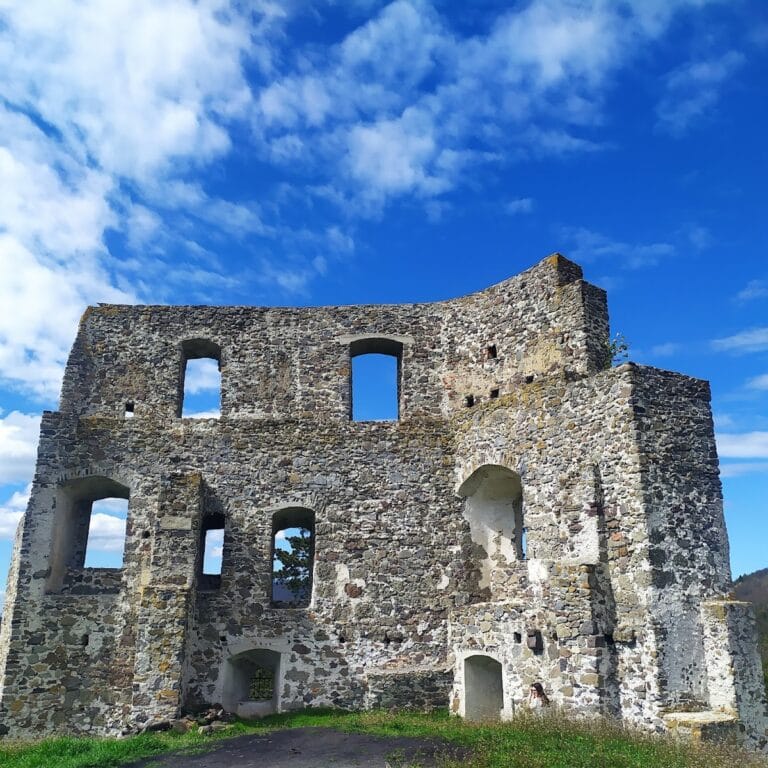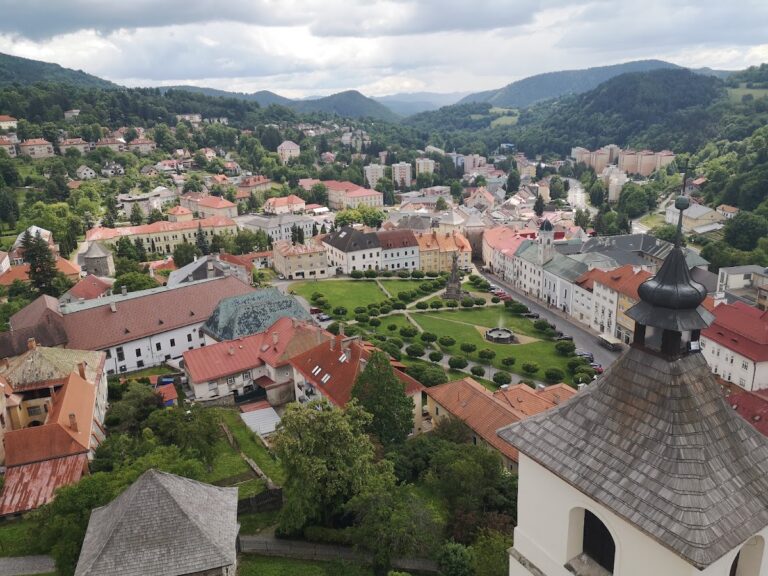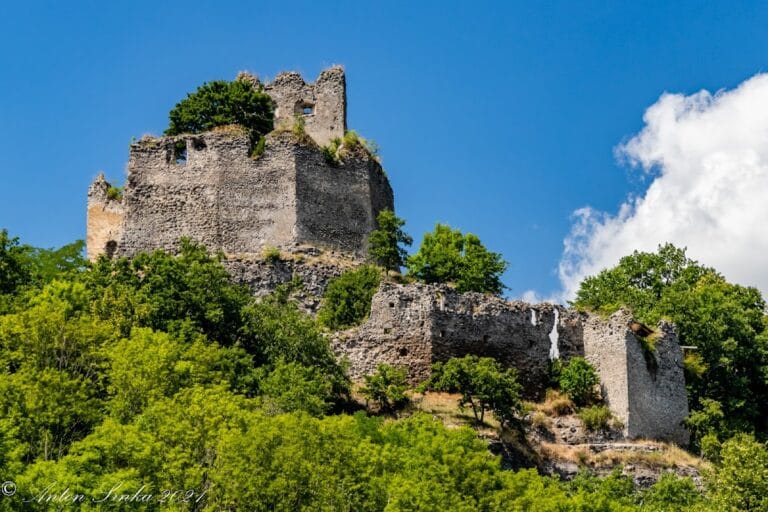Nový zámok: A Renaissance Fortress in Banská Štiavnica, Slovakia
Visitor Information
Google Rating: 4.5
Popularity: Medium
Google Maps: View on Google Maps
Official Website: www.muzeumbs.sk
Country: Slovakia
Civilization: Unclassified
Remains: Military
History
Nový zámok is located in Banská Štiavnica, Slovakia, and was constructed by local authorities during the Renaissance period as part of a defensive response to regional instability. The castle’s origins lie in the mid-16th century, built between 1564 and 1571, when the looming threat of the Ottoman Empire intensified following the disastrous Battle of Mohács in 1526. This defeat exposed significant vulnerabilities in northern Hungarian defenses, prompting fortified towns like Banská Štiavnica to strengthen their protective systems.
Initially, Nový zámok functioned as a key component of the town’s fortifications, serving primarily as a watchtower. It was integrated into a wider optical signaling network designed to transmit warnings efficiently across long distances. This system relayed messages from nearby settlements such as Pukanec to Ľubietová by using flags during daylight hours and fires after dark, providing early alerts of approaching Ottoman forces.
Following the decline of Ottoman incursions after the pivotal Battle of Vienna in 1683, the castle’s defensive importance diminished. It transitioned into a storage facility, acting as a gunpowder magazine that supported the local mining operations until the late 1700s. Subsequently, Nový zámok adapted to peacetime roles, functioning as a fire watchtower and signaling point through the 19th and early 20th centuries. It was notable for its regular time announcements, sounding a trumpet every fifteen minutes and waking the town each morning with a drumbeat.
The names associated with the castle in Slovak—such as Dievčenský hrad, Dievčenský zámok, and Panenský hrad—reflect either the name of the hill on which it sits (originally known in German as Panieński Wierch or Frauenberg) or relate to a local legend. This tale credits Barbara Rössl, a figure who supposedly financed the castle’s construction with her dowry amidst the Ottoman threat, illustrating the site’s connection to community memory and folklore.
In the 20th century, Nový zámok underwent significant restoration efforts, notably during the 1960s. These works prepared the castle to house the Slovak Mining Museum, which presents exhibits on the town’s turbulent history during the Ottoman wars. Displays include military equipment, painted shooting targets, portraits of the influential Koháry family, and artifacts related to the volunteer fire brigade established in 1873, preserving the castle’s layered legacy.
Remains
Nový zámok is a substantial Renaissance stone fortress situated atop a modest hill approximately 630 meters above sea level, slightly south of Banská Štiavnica’s historic center. The castle’s design reflects the military architectural style of its era, emphasizing both strength and functional versatility. The primary structure is a large square tower rising through five floors, crowned with a steep, tent-shaped roof that is topped by an open turret featuring an onion-shaped dome. This central tower dominates the site and historically served as a vantage point and defensive stronghold.
Surrounding the main tower are four lower bastion towers positioned at each corner. These bastions are circular, extending up to the third floor, and are fitted with partial conical roofs. The entire complex is covered with wooden shingles, known locally as gont, which provide weather protection. Numerous gunports punctuate the walls of the main tower and bastions, attesting to the castle’s role as a firearm and artillery position during its active defensive period.
The castle’s terrace once accommodated a battery of twenty-four cannons, strategically placed to defend the town and control the road leading from Banská Štiavnica to nearby mining areas. However, these cannons were removed during the revolutionary upheavals in 1848. Originally, the fortress formed part of the city’s wider defensive walls, which extended toward gates such as the Piarg Gate and areas like Kammerhof; although these walls no longer survive today, they were integral to the town’s security system.
Today, the highest floor of the main tower functions as a viewing platform, offering expansive views over Banská Štiavnica and its surroundings. The castle’s enduring architectural features, combined with its strategic location and historic uses, provide a tangible connection to its multifaceted past as both a military installation and a community landmark.










